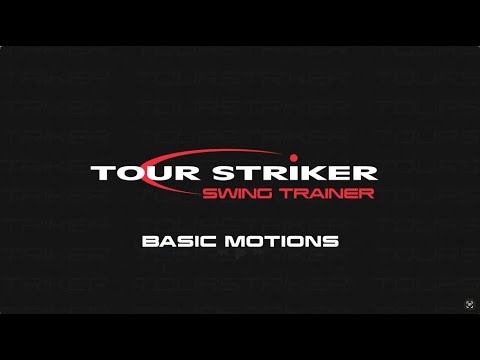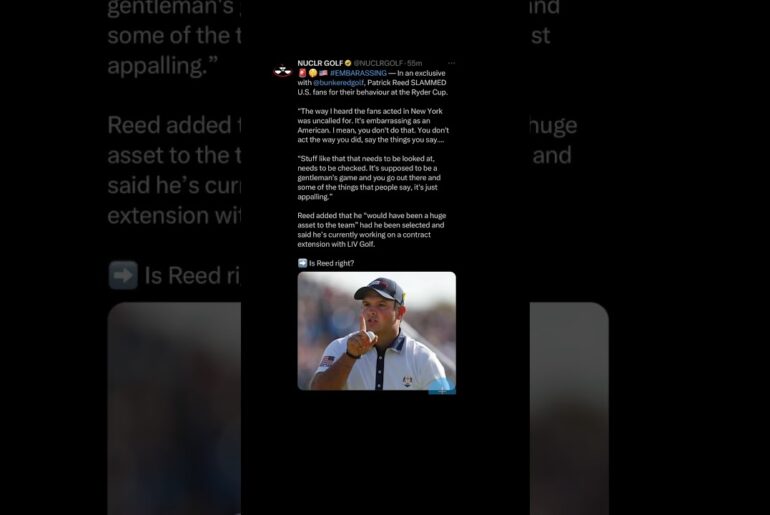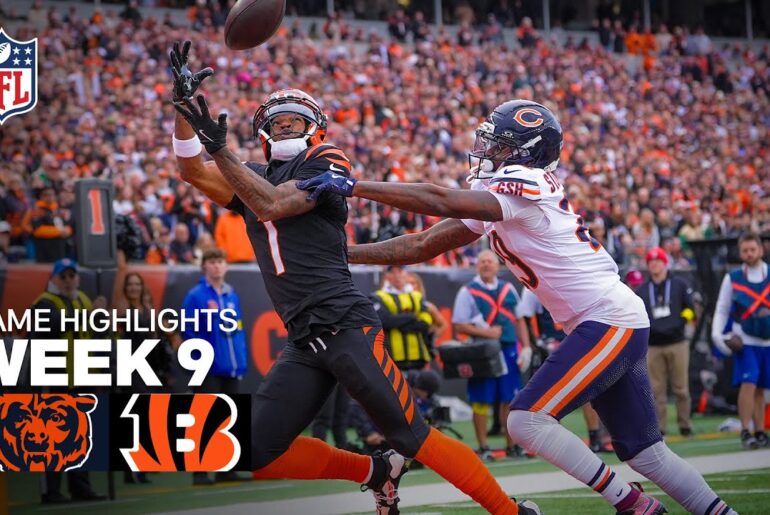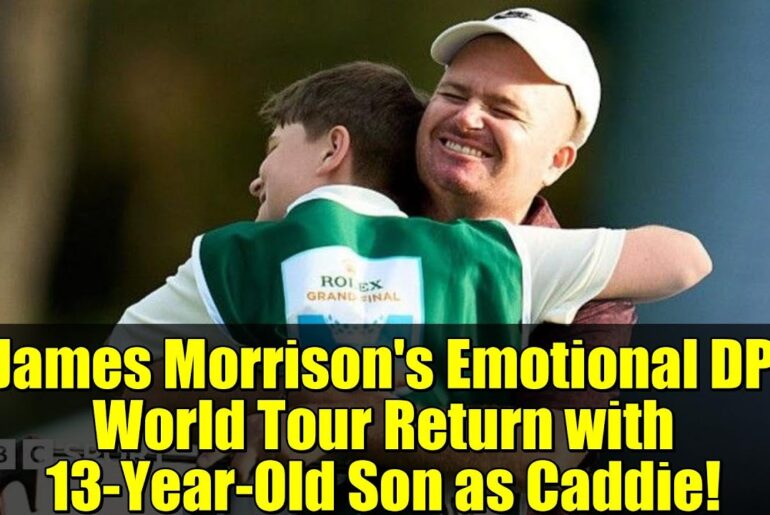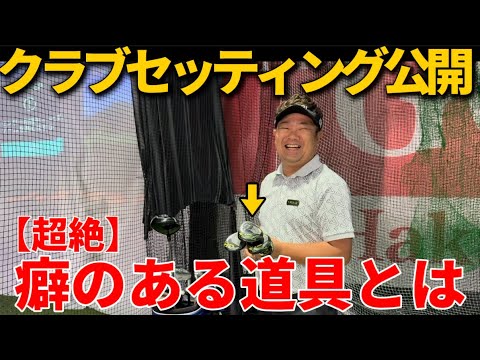In this video, Martin Chuck breaks down the basics of the Tour Striker Swing Trainer—starting with the short band setup and how to build a consistent swing radius. Learn how to develop structure, control, and clean contact through simple short-shot motions that build the foundation of a great swing.
✅ Learn more or get yours here: https://shrsl.com/4wt4e
SUBSCRIBE to Tour Striker Tips: http://bit.ly/2rExev1
[Music] So, basic motions with your swing trainer. There’s a short band and a long band. We’re going to get started with the short band. I’m going to set the long band aside. And you can see with the channels, there’s two channels in the connector. With the short band, the thicker, wider channel is going to be attached below the grip. And there’s some leeway for tension as to how close to the grip or how far away from the grip. And that’s kind of a personal thing. I’ll explain. When you attach the top part of the band to your rail, it just flexes over the rail. You put it close to the rail and there’s this kind of a satisfying click where it clips over the rail and that’s going to hold it in place. And then when you get your hands on the golf club, you can apply just a mild bit of push pressure on the on the band. So in this case, there’s just a mild little bit. You can see how my hands are close to the band. And this is how we’re going to start developing the consistency of your radius and basically walk you through acquired motion shorts. how your body can transport the golf club from a starting form to a finishing form without the idea the sense of flipping, taking the club back in a manner that might not let you get to the golf ball precisely and starting to initiate how your body can rotate and relocate so you can hit some great short shots. So, let’s get started with this notion. Now, I’ve got some golf balls in front of me and here’s what I here’s what I truly expect. It takes kind of a pretty brave golfer to put on something like this and go to a range and take on the scrutiny from your fellow golfers. It really, really does. I think most golfers are going to practice with the swing trainer in the comfort of their own home with whiffle balls off of a carpet, hitting into a hitting cage, into a net, whatever they do in their home developing their swing. I personally I use it on the range because frankly I don’t really worry about what other golfers think about what I’m doing when I practice. It’s all about my personal development. And you may grow that confidence, but that’s okay. I want you to start to understand some critical things that I’ve learned from the many, many, many thousands of golfers that I’ve coached. If we can shortcut some of the basic problems, and this swing trainer will help you do that, you’re going to become a very effective golfer. As I hit a couple of shots with the short band, I’m going to explain some of the main things that we’re going to do with this. So, a tiny little shot in a warm-up, I can have a sense of keeping a radius, meaning my arms are comfortably long in this moment. During the back swing, they stay comfortably long. This radius gets delivered to the area where the golf ball is located so the golf ball can respond off the face and then I can carry that to a finishing form. As a young man, as a young kid at 12 years old in Canada, north of Toronto, my mentor was George Nudson. George was a famous Canadian, probably the most well-known golfer of his time, certainly in the same ilk as Mike Weir, eighttime PGA Tour winner. in this motion of having a starting form and just making these little shots to a finishing form with a radius to really develop the confidence of having a measure that can collect the golf ball then turf so that you can start to acquire the awareness of distance control whether you’re hitting these 15 yards, 25 yards, 40 yards, right on up to a full swing. Most people are way better at just sending the club head at a full swing, but then they don’t have all the mid-range shots. So, a lot of your development with your swing trainer starts off with these little shots, finding a radius where the club is just barely tapping the grass, letting it the ball get collected in this event, and there’s a lovely shot responding off the club face about 30 yards to a finishing form. Now, getting started with this, I want you to understand a protocol system. Therefore, the way these videos are going to be broken down, it’s a stepbystep event where you can say, “Yes, I’ve done that. I checked that box. Now, I can move on to the next stage.” So, let’s get started with your swing trainer with protocol number one.

